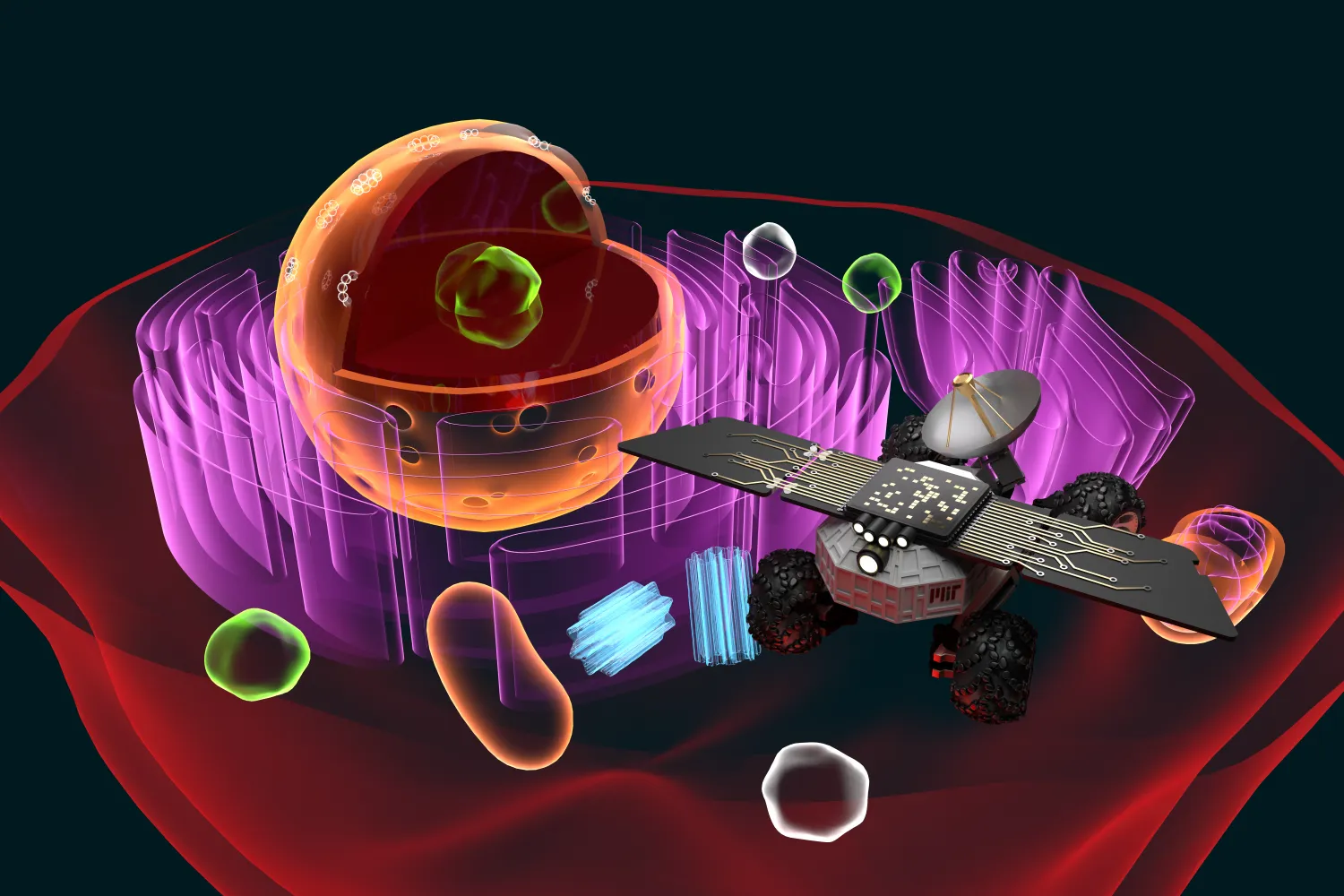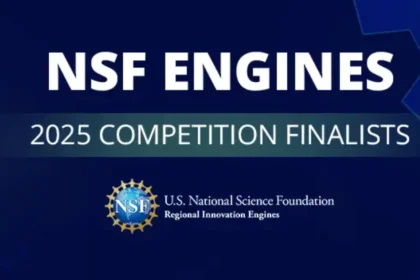In a breakthrough that sounds straight out of science fiction, researchers at the Massachusetts Institute of Technology (MIT) have built a working bio-computera computing system powered by living cells. This isn’t just a fun experiment. It could completely redefine how computers think, heal, and evolve. (via Nature)
What Exactly Is a Bio-Computer?
Unlike traditional computers that rely on silicon chips and electric signals, MIT’s bio-computer uses genetically engineered bacteria to perform calculations. These cells act as logic gates the same “on” and “off” switches that form the foundation of modern computing. But instead of electrons, these living circuits use molecular reactions to process information.
To put it simply: while your laptop computes in bits and bytes, these bacterial systems compute in DNA and enzymes.
How It Actually Works
The system uses CRISPR-based genetic editing to reprogram E. coli cells so they respond to certain stimuli, like light or chemicals. When triggered, the cells release specific proteins or change color representing digital “1s” and “0s.” When grouped together, thousands of cells can perform complex logic operations, just like a microchip does with transistors.
One of the most impressive features is self-repair. If some of the cells die, new ones grow in their place, restoring functionality something no electronic chip can do. “We’re essentially teaching biology to compute,” said Dr. Rachel Kim, lead researcher at MIT’s Synthetic Biology Center.
Why It’s Such a Big Deal
Computers made of living cells open possibilities that traditional chips simply can’t touch. For one, bio-computers can thrive in environments where silicon would melt or fail like inside the human body, underwater, or even in space. They can sense, react, and adapt in real time to chemical or biological changes around them.
This could lead to “smart medicine,” where micro bio-computers travel through your bloodstream, detect disease markers, and release drugs on the spot. It could also power environmental sensors that monitor water quality or detect pollution without any human intervention.
The Science Behind the Magic
The MIT team combined principles from synthetic biology and computational engineering. Each bacterial circuit is engineered to perform a specific function, like counting or comparing chemical concentrations. When connected, they can handle far more complex tasks essentially forming living neural networks.
To test the concept, researchers created a system that could process two different inputs and output a color signal like a living LED display. They also showed that the bacteria could “remember” previous states, giving them a kind of biological memory.
And because these cells can replicate, the computing power can technically grow on its own. Imagine a machine that literally multiplies its processing power overnight.
Real-World Applications
- Medical diagnostics: Cells could detect cancer markers early, offering real-time alerts from inside the body.
- Environmental cleanup: Engineered microbes could detect and neutralize pollutants autonomously.
- Biomanufacturing: Factories of living cells could compute and adjust chemical production rates dynamically.
- AI meets biology: Integrating biological circuits with machine learning could give rise to hybrid systems—machines that think and heal.
What’s the Catch?
As thrilling as it sounds, the research is still in its early stages. Stability, speed, and scalability remain major hurdles. Living systems are unpredictable, and ensuring precise, repeatable results is much harder than with silicon chips. There’s also an ethical dimension: how do you regulate computing systems that can grow and reproduce?
Still, scientists are optimistic. MIT is collaborating with biotech startups and the U.S. Department of Energy to explore industrial uses for the technology, such as eco-friendly data storage and biological sensors for hazardous sites.
What Comes Next
The team is now working on hybrid systems that blend biological and electronic components imagine a chip that uses living cells to compute specific functions and silicon for data storage. They believe that within a decade, “living processors” could find their way into medical devices or environmental monitoring systems.
And while we’re still years from replacing your MacBook with a petri dish, this discovery signals the beginning of a new era: one where computing isn’t limited to hardware but can exist in organic life itself.
My Take
This breakthrough might be one of the most fascinating steps in tech history. We’ve spent decades making machines more human now we’re making biology more machine-like. If MIT pulls this off, we’re talking about computers that heal, adapt, and maybe even evolve. The boundary between tech and life just got a lot thinner and honestly, that’s equal parts exciting and terrifying.







